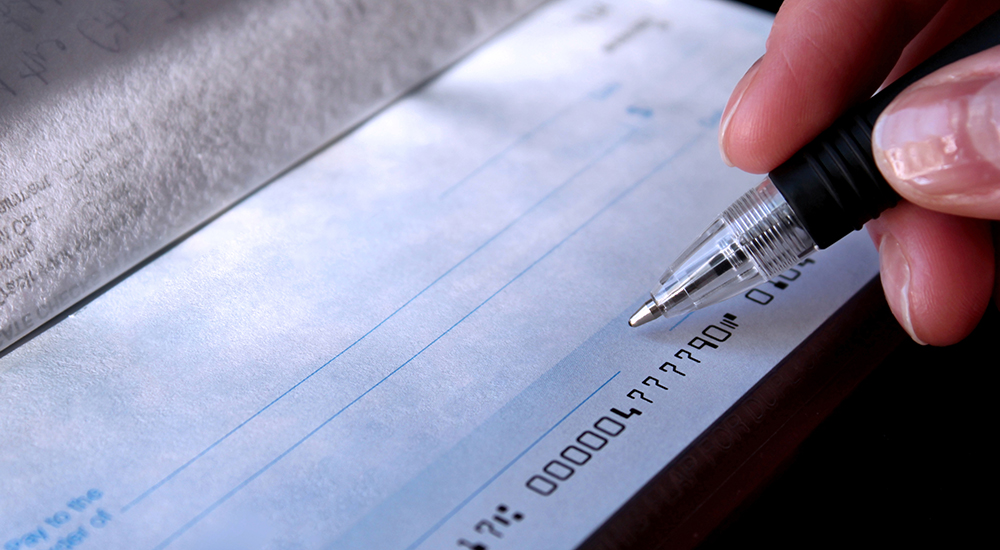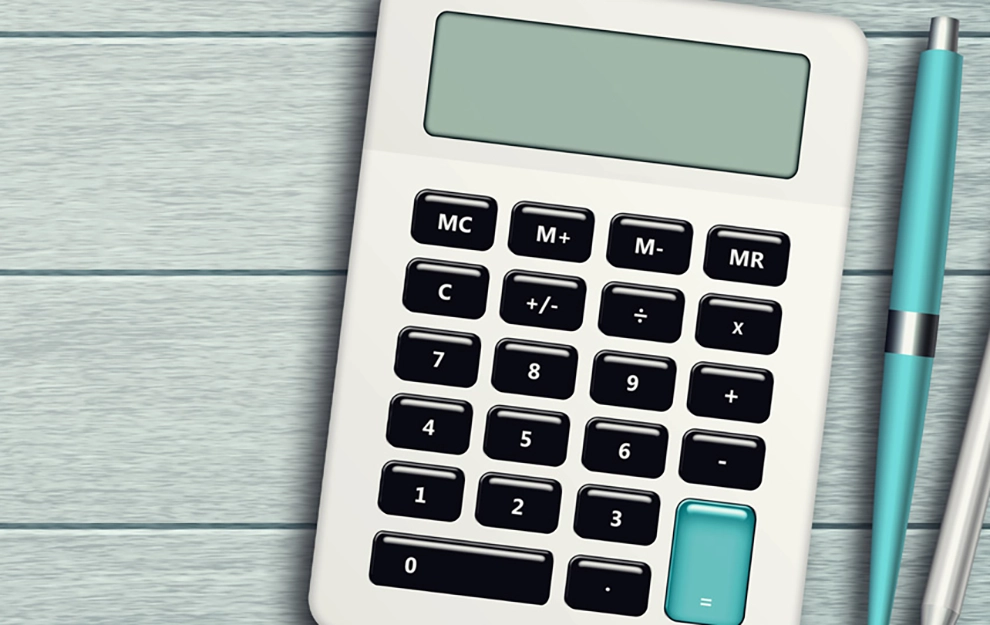Welcome to our new domain: sbical.bank. Please update your bookmarks accordingly.

9th Jul 2025Reading Time: 6 Minutes
Have you ever received a check and wondered what all the check account numbers and sections mean?
If so, you’re not alone.
Even though digital payments are the norm today, paper checks are still widely used for payroll, rent payments, and government transactions.
Knowing how to read a check can help verify payments, set up direct deposits, and spot potential fraud.
Each check has key elements that work together to authorize a transaction.
Understanding these parts will make the process smoother, whether you are depositing, cashing, or writing a check.
This guide will break down each section of a check, explain its purpose, and show you where to find important details like the account number on the check and the routing number.
A typical check includes several key components that help identify the payer, the bank, and the specific account the funds are coming from. While the design of checks may vary slightly between banks, all checks share common features. Let’s walk through the main parts of a check and explain what each section represents.
This is the line on which you write the payee's name, i.e., the person or business to whom the check is being made out.
On a check, this is usually printed next to the words “Pay to the Order of.” In this section, you’ll see the name of the person or business receiving the payment.
It’s vital to ensure the name is spelled correctly. If you're the one writing the check, be sure to fill in the payee line clearly to avoid confusion or potential issues with cashing or depositing the check.
Next to the payee line, you’ll find the date section, which shows when the check was issued.
This date is crucial for the writer and the recipient since it indicates when the funds will be available.
The date is important if you’re cashing or depositing the check because checks can only be processed within a certain time frame.
Most checks are valid for six months, but some banks may impose a shorter or longer validity period.
The amount of the check is listed twice: once in numerical form and once in words.
The numerical amount is written in a box next to the payee line, while the written amount is written in long form along the lower portion of the check.
Both amounts should match exactly, as discrepancies between the two could lead to issues in processing the check.
The words written in the lower part are considered the legal form of the check’s value.
This is the space located in the lower-right corner of the check, where the account holder puts their signature to authorize and validate the transaction.
This signature authorizes the bank to release the funds from the account associated with the check. Without a signature, the check is not valid.
Verify that the signature matches the one on file with the bank.
If you’re cashing a check, make sure the signature is legible and appears genuine.
The routing number is a nine-digit number located at the bottom of the check. It identifies the bank or financial institution that issued the check and helps route it to the correct institution for processing.
In the U.S., the routing number follows a standard format that can be used to identify the bank’s location.
Each financial institution has its own unique routing number, which is essential for directing the payment to the correct bank.
The account number on the check is located after the routing number at the bottom of the check.
This number identifies the specific bank account number on the check from which the funds will be withdrawn.
The bank needs this number to access the correct account so that checks can be processed.
The checkbook account number is unique to the individual or business, ensuring that funds are withdrawn from the right place.
The check number is another important element, typically found in the upper-right corner of the check.
This number helps both the check writer and the bank track the check’s status.
It’s common to have a series of checks numbered sequentially, and this number can be used to identify a specific check in case you need to reference it later.
The memo line is optional but is often used to specify the reason for the payment.
This could include notes such as “Rent for March” or “Payment for services rendered.”
While the memo does not affect the processing of the check, it can be a helpful reminder for both the payee and payer.
Now that you know what all the parts of a check mean, it’s time to understand how to read a check properly.
Here’s a simple step-by-step guide:
Even with online banking, checks remain useful for transactions like:
If you regularly receive checks, consider opening a bank savings account for easier deposits and money management.
SBI California (SBIC) has been a trusted name in banking for over 40 years, providing personalized financial solutions to communities across California and beyond.
We offer a variety of financial products and services, including personal banking, business banking, and international services.
If you're considering how to manage your finances more effectively, including how to read a check or make a deposit, contact us for more information.
Our online platform makes it easy to get started, and we provide customer support to guide you every step of the way.
At SBI California, we understand the unique financial needs of our customers and work to offer products that help you achieve your financial goals.
Whether you're interested in a checking account, high-yield savings, or need help with cross-border money transfers, we’re here to make banking easier and more accessible for you.
Open a bank account now to take the first step toward securing your financial future.
Knowing how to read a check is an essential skill that will help you avoid mistakes and confidently navigate financial transactions.
By paying attention to key details, such as the payee’s name, routing number, and the account number on checks, you can make sure that everything is in order before processing a payment.
And if you need more guidance on managing your money, opening an account, or other banking services, don’t hesitate to reach out to us at SBI California.
We're here to help you every step of the way.

Grow your business savings with a fixed-rate CD from SBI California. Enjoy competitive interest rates, FDIC protection, and flexible terms to suit your financial strategy.
Lock in your rate today at any SBIC branch location and watch your money grow!

Grow your money with our attractive deposit rates, offering high returns and flexible terms. Whether you’re saving for the future or looking for short-term options, we have the perfect plan to suit your needs.

Earn more on your savings with a SBIC Certificate of Deposit (CD) bank account. Get fixed returns, competitive rates, and zero market risk. Open a CD bank account today and maximize your earnings safely!

Transfer money to friends, family, or service providers using email or phone numbers. With real-time processing and top-tier security, People Pay makes everyday payments fast, safe, and hassle-free.
Copyright © State Bank of India, California 2025, All Rights Reserved.